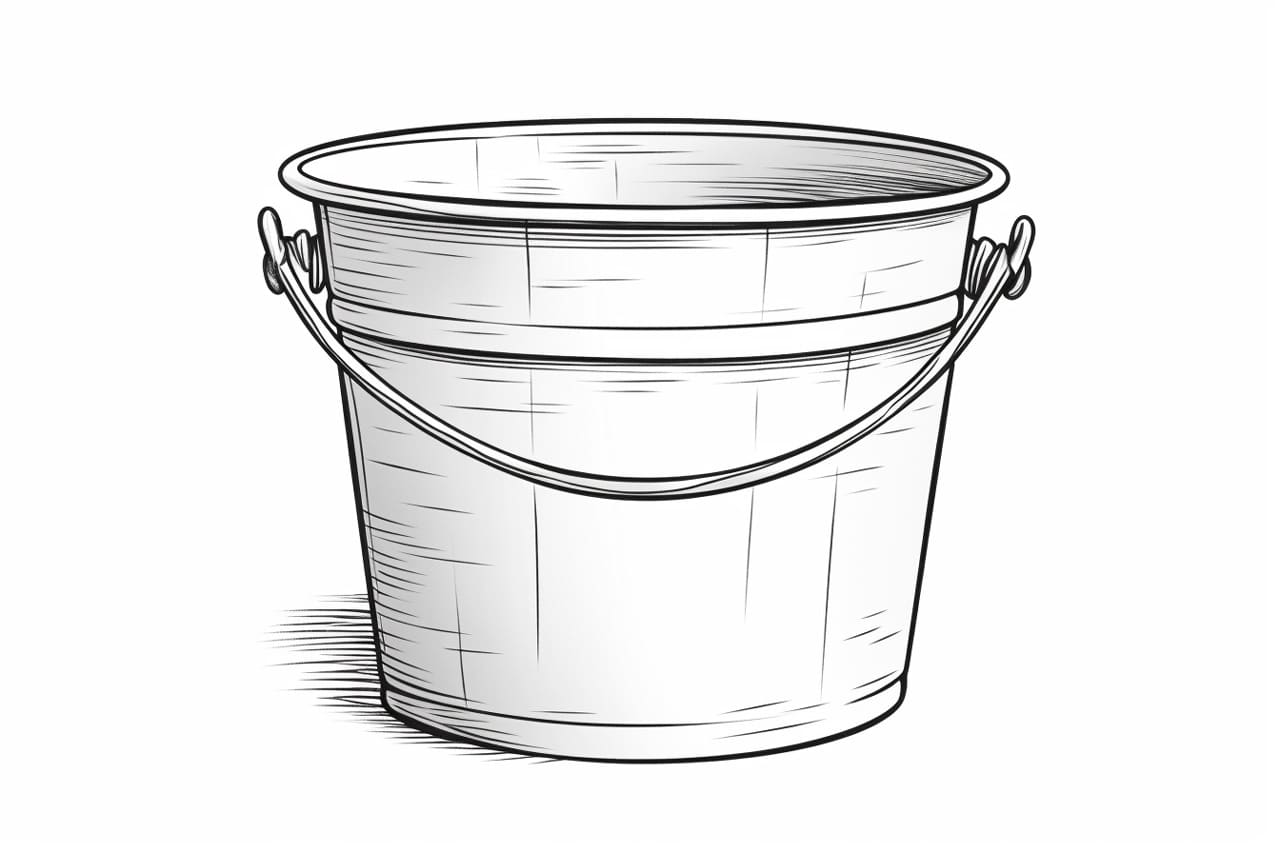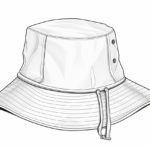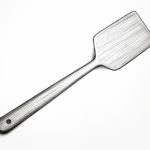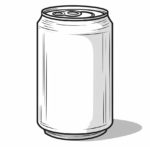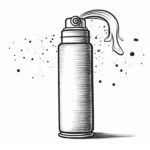Welcome to this step-by-step guide on how to draw a bucket! Whether you’re a beginner or an experienced artist, learning to draw everyday objects is a great way to improve your drawing skills. In this tutorial, we will walk you through the process of drawing a realistic bucket using simple shapes and basic shading techniques. So let’s grab our pencils and get started!
Materials Required
To complete this drawing, you will need the following materials:
- A sheet of drawing paper
- Pencils of various hardness (HB, 2B, 4B)
- A kneaded eraser
- A pencil sharpener
- A ruler (optional)
Step 1: Outline the Basic Shape
Start by lightly sketching an oval shape for the top opening of the bucket. Keep the lines loose and don’t worry about precision at this stage. Next, draw a cylindrical shape below the oval to outline the body of the bucket. Make sure the cylinder is slightly wider at the top and narrower towards the bottom.
Step 2: Add Handle and Bottom Rim
Extend a curved line from the top of the bucket on one side to create the handle. The handle should extend slightly beyond the top of the bucket and curve downwards. On the opposite side, draw a curved line near the bottom of the bucket to represent the rim.
Step 3: Refine the Shape
Now, it’s time to refine the shape of the bucket. Use your pencil to carefully go over the outline, making it bolder and more defined. Pay attention to the curves and proportions, ensuring they match your reference or the mental image you have in mind.
Step 4: Add Details
To make the bucket look more realistic, add some details. Start by drawing vertical lines on the body of the bucket to represent the metal bands that hold it together. Be sure to leave some space between each band. Next, add some texture to the rim by drawing short, horizontal lines. This will give the impression of a ribbed or fluted rim.
Step 5: Shade the Bucket
Now it’s time to add shading to your drawing, giving the bucket a three-dimensional appearance. Begin by identifying the light source and determining where the shadows will fall. Shade the areas that are away from the light source, such as the underside of the bucket and the side opposite the light. Use a softer pencil (2B or 4B) to create a smooth, even shading. Gradually build up the darkness, adding more layers of graphite as needed.
Step 6: Create Highlights
To make the bucket look more realistic, add highlights using an eraser. Lightly erase some areas where the light is hitting the bucket directly or reflecting off its surface. This will give the illusion of shiny, reflective metal. Be careful not to erase too much or you may damage the paper.
Step 7: Finalize the Shading
To add more depth and dimension to the drawing, continue refining the shading. Pay attention to the subtle changes in tone and texture. Darken the areas that should appear darker and use your eraser or a blending stump to smooth out any harsh lines or transitions.
Step 8: Add Additional Details
Take a step back and evaluate your drawing. Does it capture the essence of a bucket? If not, you can add additional details to enhance its realism. Consider adding some dents or scratches, or even some water spilling out of the bucket to make it appear more dynamic and lifelike.
Conclusion
Congratulations on completing your drawing of a bucket! We hope this step-by-step tutorial has been helpful in guiding you through the process. Remember, practice is key when it comes to improving your drawing skills, so don’t be discouraged if your first attempt doesn’t turn out as expected. With time and consistent practice, you’ll be able to draw various objects with confidence and accuracy. Happy drawing!

